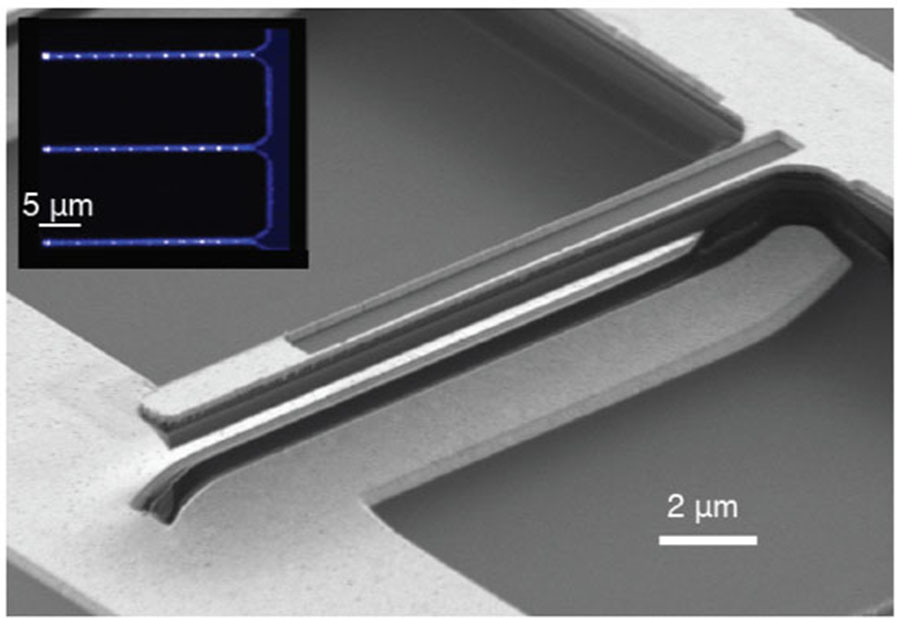
Taking Diamond Qubits for a Spin
Scientists use implanted silicon ions and electricity to increase the spin time of quantum bits, moving closer to the tech needed for quantum networks.

Scientists use implanted silicon ions and electricity to increase the spin time of quantum bits, moving closer to the tech needed for quantum networks.
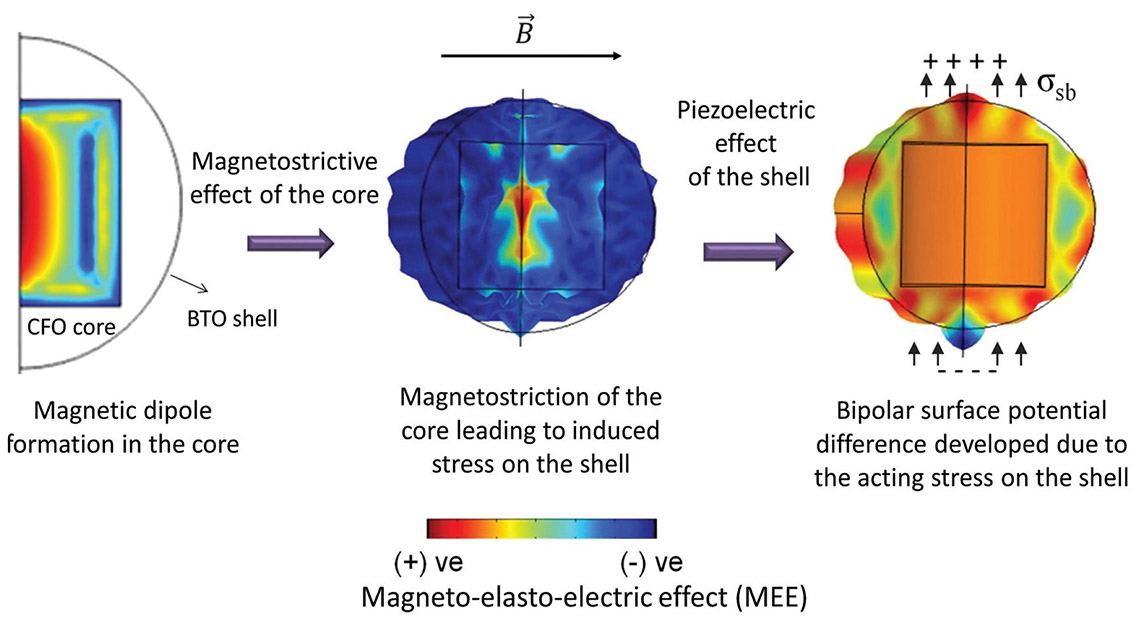
Scientists uncover a way to control terahertz radiation using tiny engineered particles in a magnetic field, potentially opening the doors for better medical and environmental sensors.
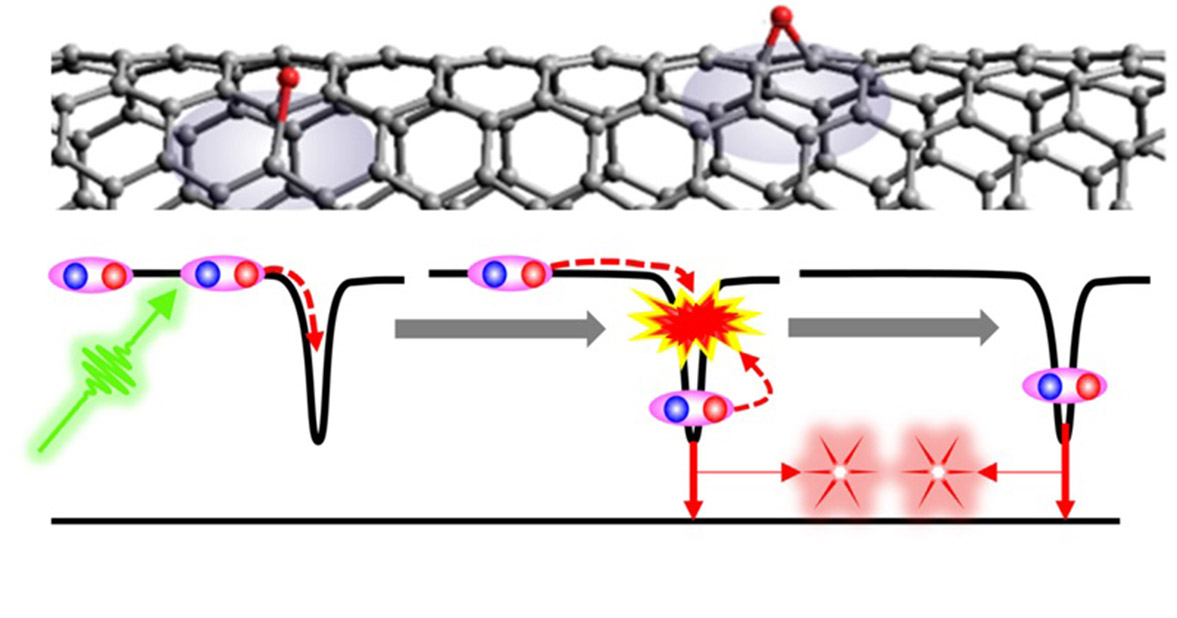
Efficient generation of photon pairs from modified carbon nanotubes shows path to new types of light sources.
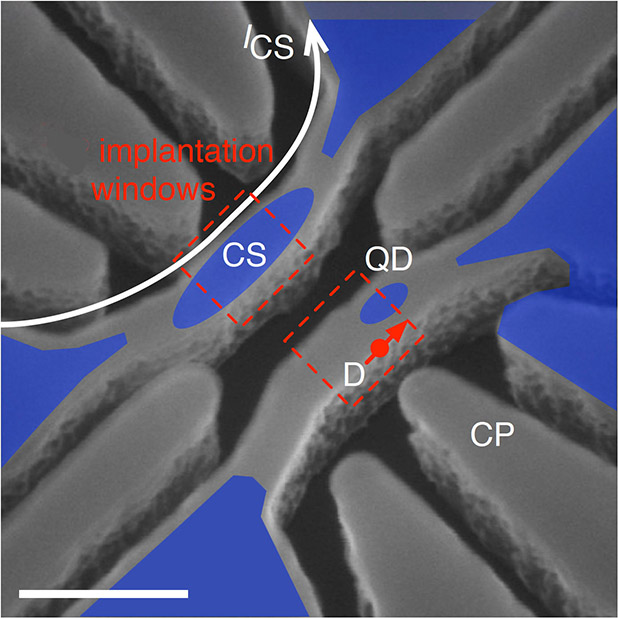
Let’s talk! Scientists demonstrate coherent coupling between a quantum dot and a donor atom in silicon, vital for moving information inside quantum computers.
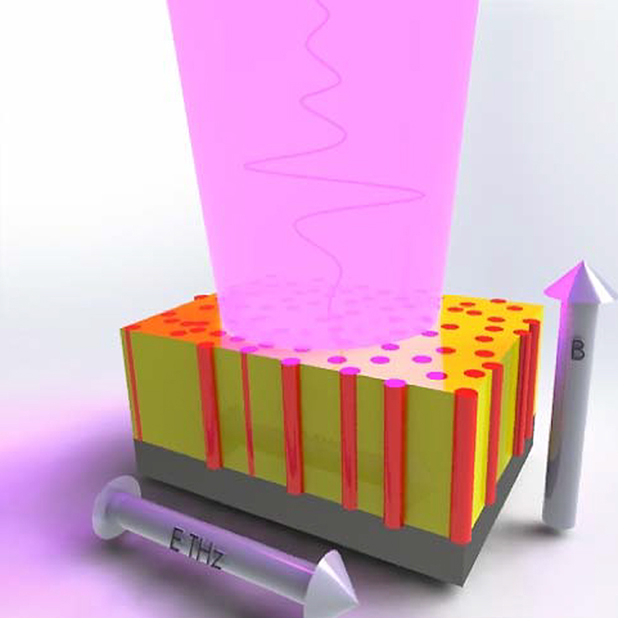
Colossal magnetoresistance at terahertz frequencies in thin composites boosts novel memory devices operated at extremely high speed.
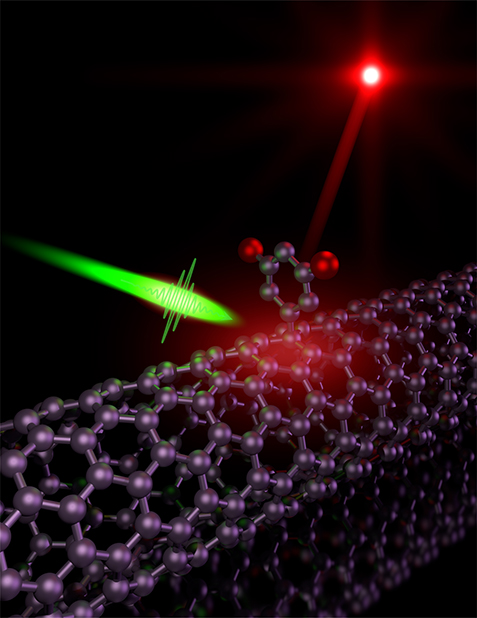
First known material capable of emitting single photons at room temperature and telecom wavelengths.
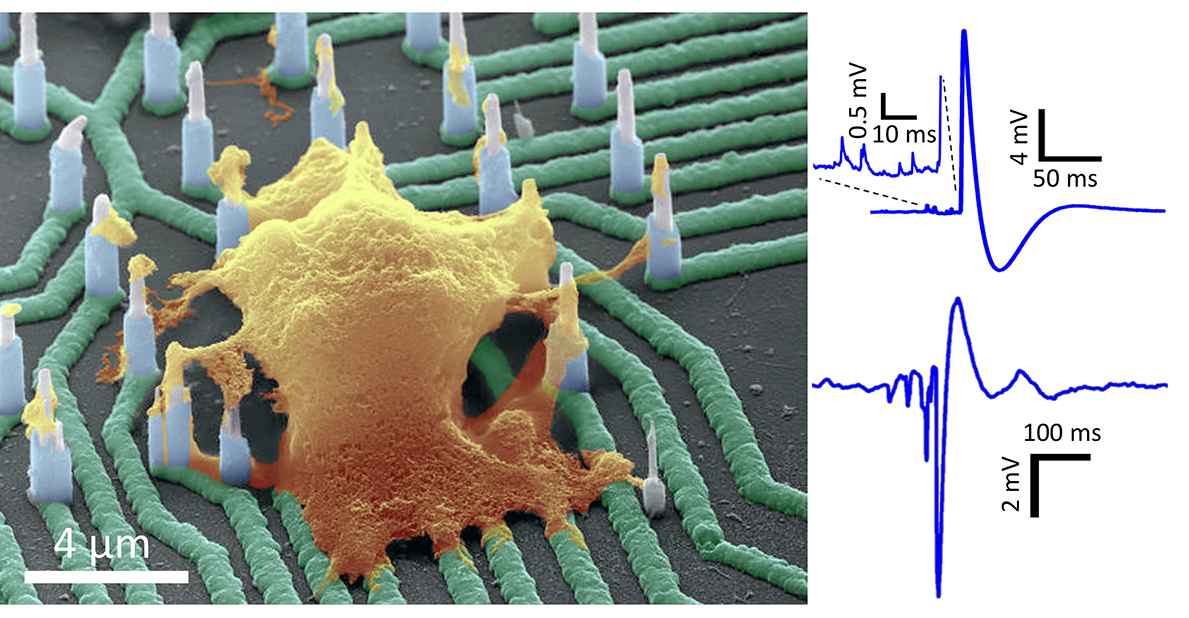
Engineers develop wires that penetrate neurons and measure their activity.
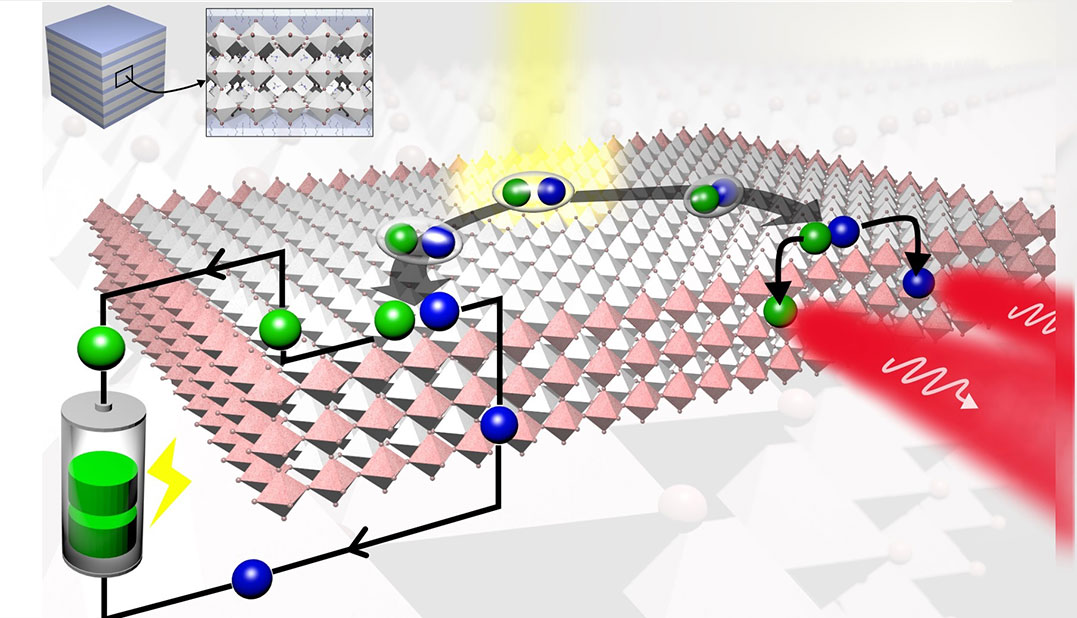
Engineered stacked perovskite layers harvest light or create light via layer edges.
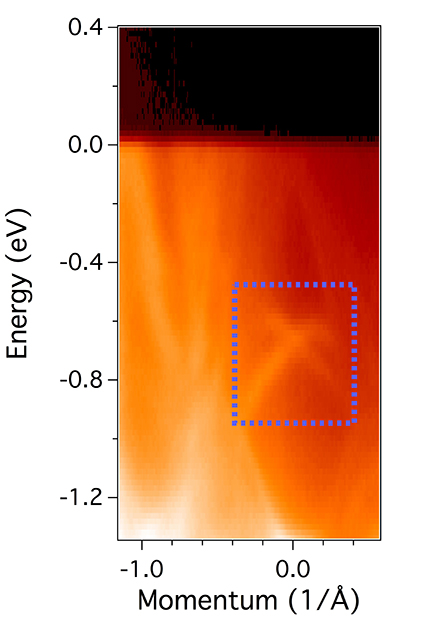
Novel spin-polarized surface states may guide the search for materials that host Majorana fermions, unusual particles that act as their own antimatter, and could revolutionize quantum computers.
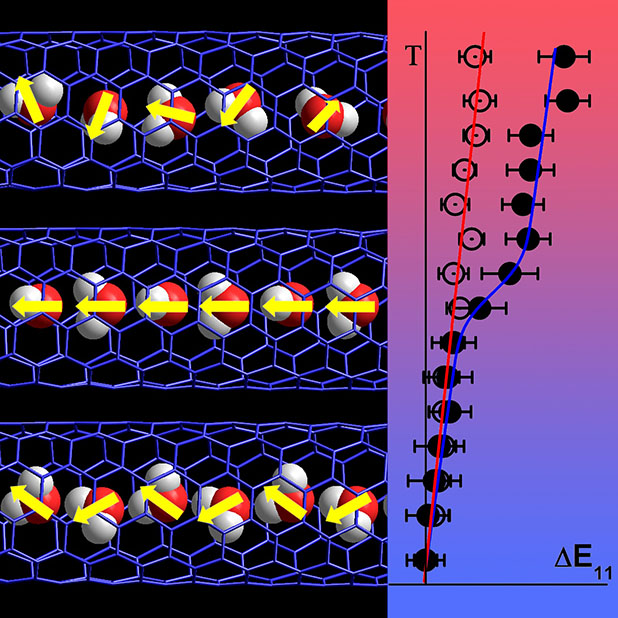
Confined within tiny carbon nanotubes, extremely cold water molecules line up in a highly ordered chain.
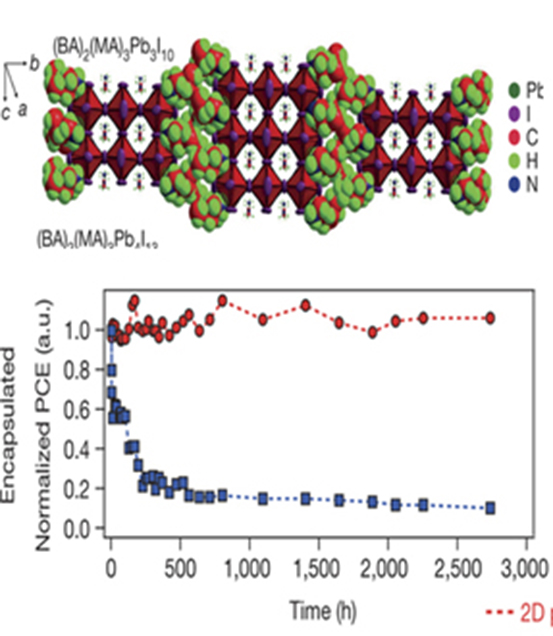
The quest for solar cell materials that are inexpensive, stable, and efficient leads to a breakthrough in thin film organic-inorganic perovskites.
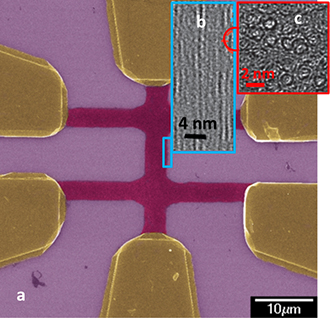
Researchers invent a low-tech, solution-based route to high-performance carbon nanotube thin films.